North Korea faces 'worst ever outcome', except for the elite
The Hermit Kingdom's haves and have-nots
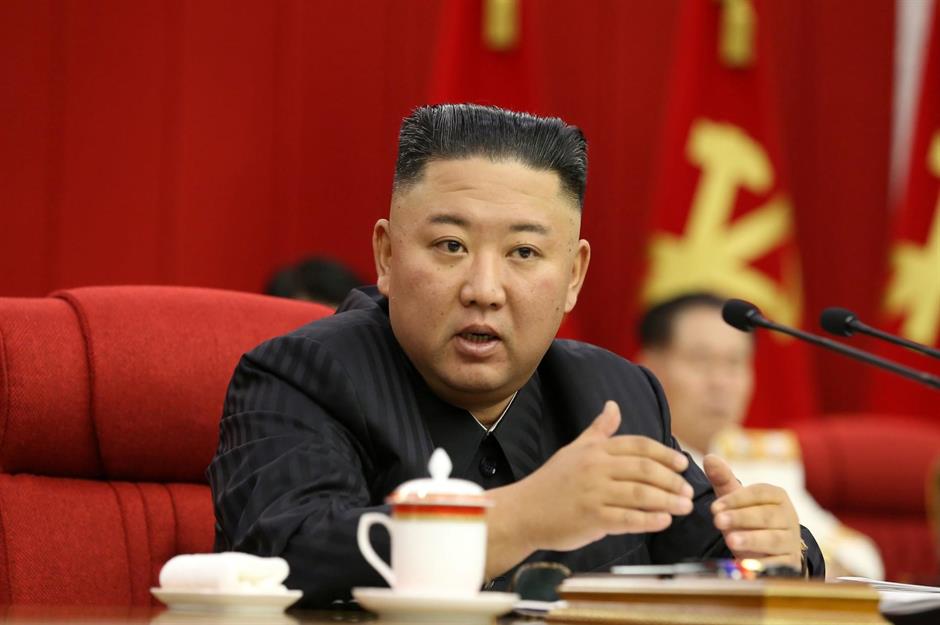
While North Korea’s pampered elite enjoy all the trappings of luxury in its capital Pyongyang, most of the country’s population endures grinding poverty and chronic hunger. In June, leader Kim Jong-un revealed at the ruling Workers' Party committee that the nation's people are dealing with "tense" food shortages. Kim blamed last year's typhoons, which led to flooding and meant grain targets couldn't be met.
However, the nation's response to the COVID-19 pandemic is also to blame. North Korea has firmly closed its borders to try to shut out the virus, although reports claim it hasn't succeeded, and has refused the offer of vaccines from Russia on several occasions, but this approach has also meant shutting off trade from its neighbor China, which it relies on for food, fuel and fertilizer. And so food shortages have got a lot worse in what was an already difficult situation as the country is under numerous sanctions due to its nuclear program. Kim has warned his people to prepare for the "worst ever outcome", which many believe is a reference to the 1990s famine, although he and his elite are unlikely to be hugely affected.
As the situation worsens for ordinary people, click or scroll through to discover the shocking gap between rich and poor in the notorious rogue state.
The elite get to live in Pyongyang
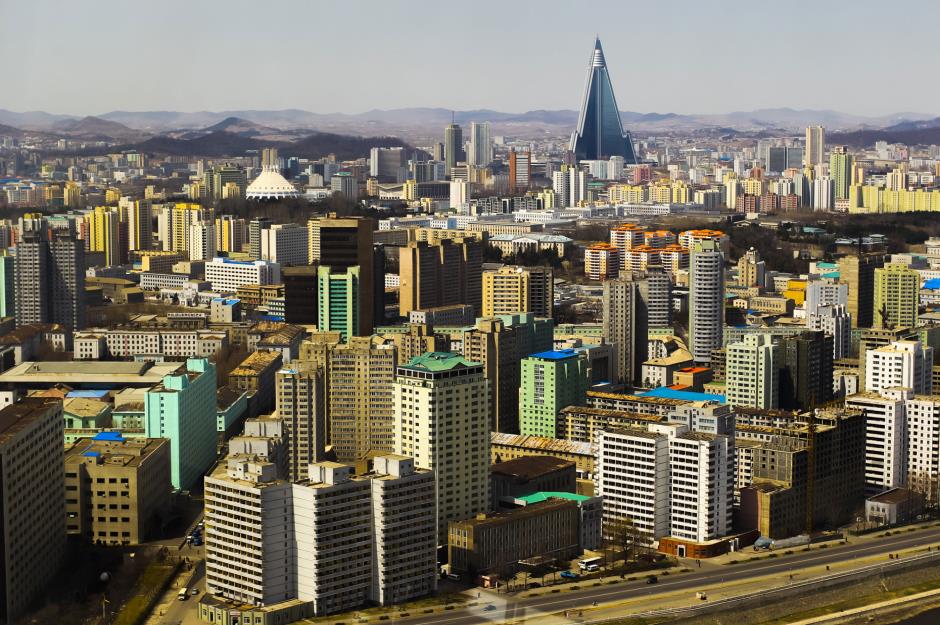
The rest of the population are barred from the capital
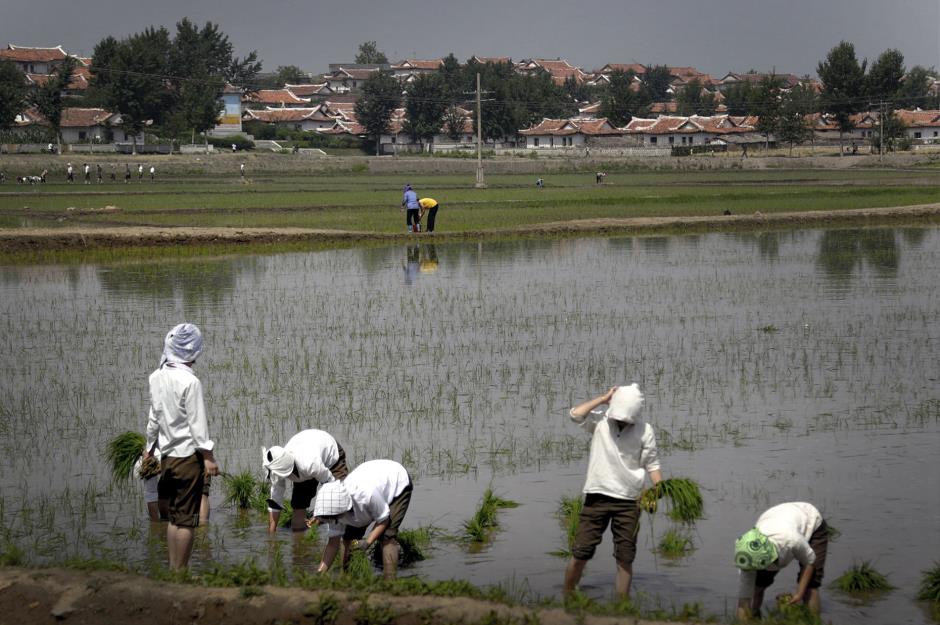
The elite can earn thousands of dollars a month
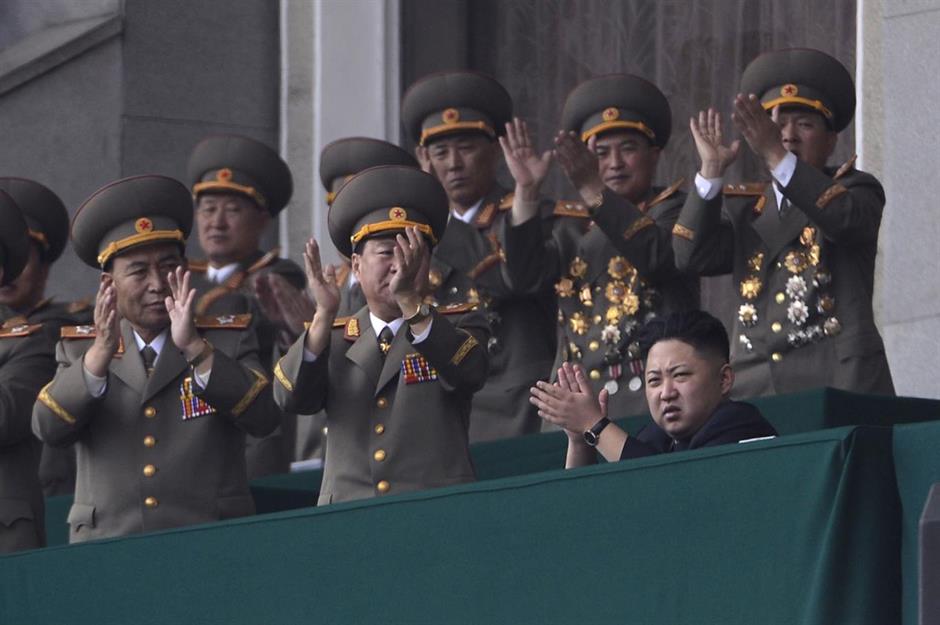
While the rest of the population scrape by on just $2 or $3
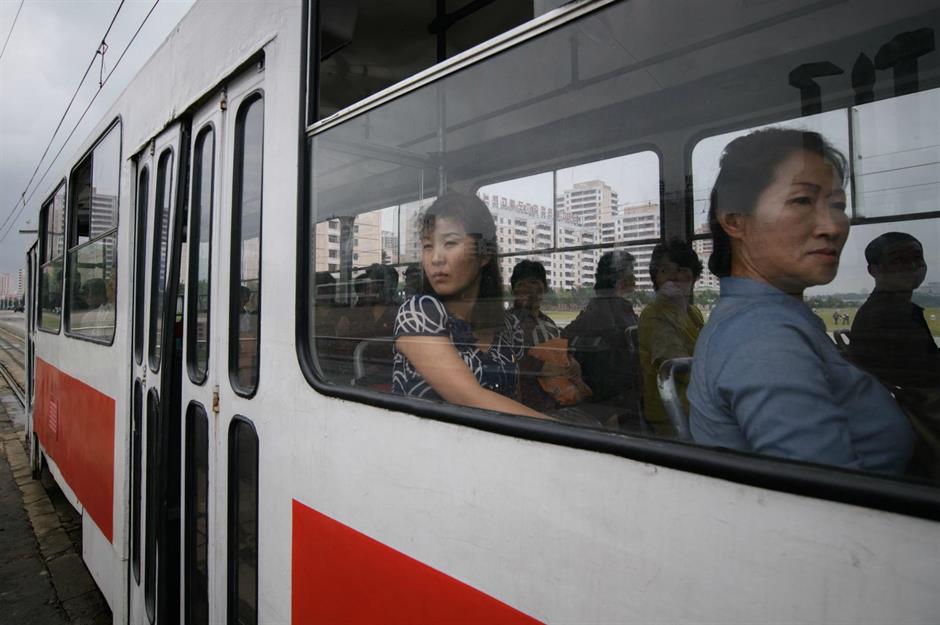
Ordinary people are forced into unpaid labor
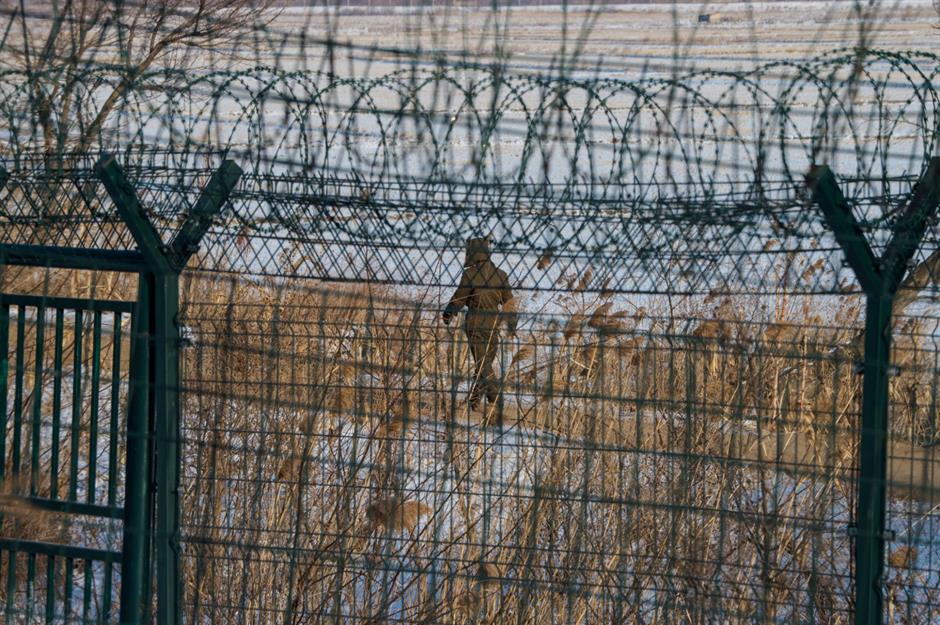
Not only that, but North Korean people are often forced into unpaid labor. Currently, the nation is building a wall at its border with China in its Ryanggang province in order to prevent smuggling of goods, as well as the spread of COVID-19. North Korea wants the wall to be finished by 10 October, the anniversary of its Party Founding Day, and in order to meet the tight deadline has expanded its workforce beyond military and youth personnel to include married women aged from 20 to 60, according to Radio Free Asia. The women are expected to make 10 cement blocks per day. While forced labor is common in North Korea, it has been reported that on this occasion there has been some backlash as frail, older women have been conscripted into the physical work.
The elite have constant access to fine food
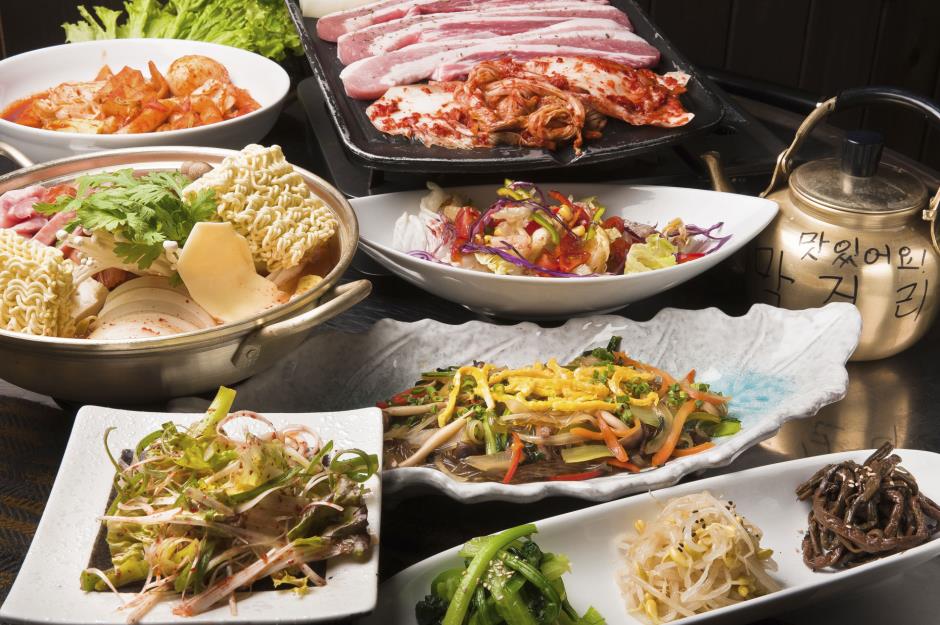
A leader's diet
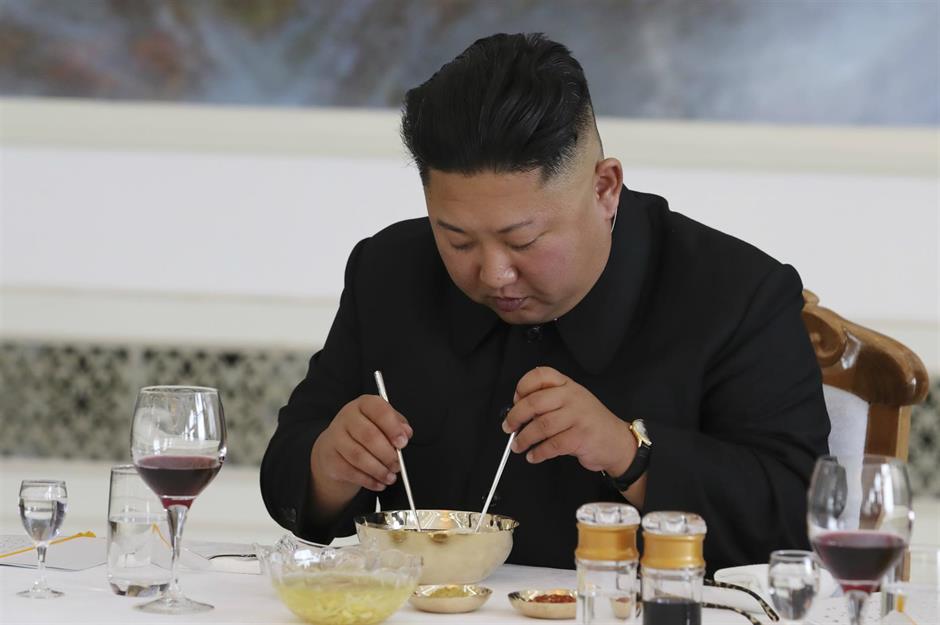
Kim spares no expense when it comes to his own diet. He’s been known to order in top-quality pork from Denmark, caviar delivered from Iran, Chinese melon and steaks of Kobe beef, a Japanese delicacy. He even managed to spend a whopping $921,712 on Brazilian coffee alone in 2016. Kim also reportedly spends thousands of dollars each year on importing liquors into the country for his elite circles. In 2016 the leader spent $33,000 on American spirits, preferring the more expensive kinds such as Hennessy, which can cost up to $2,145 for the best bottle. He has reportedly also spent $95,394 on German wine.
The rest of the population have barely enough to eat
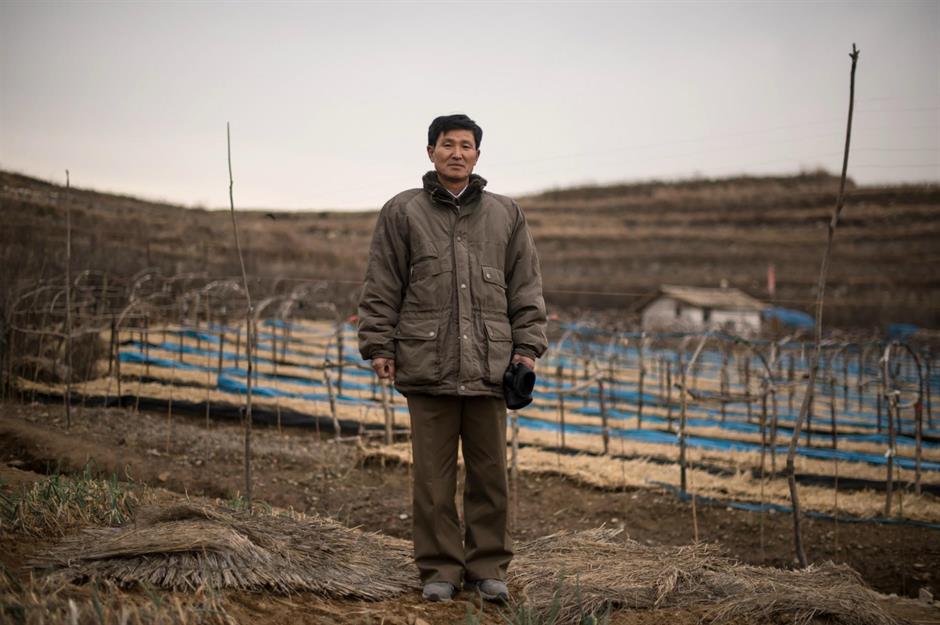
Meanwhile, the rest of the population get by on extremely meagre rations, which were slashed to just 300g per person a day in May 2019 following the worst harvest in more than a decade. Things have got decidedly worse now that Kim Jong-un is admitting that the nation is facing food shortages. In a rare admission, the leader revealed that the nation would have to "wage another, more difficult 'Arduous March' in order to relieve our people of the difficulty, even a little". 'Arduous March' refers to a period of extreme famine experienced in North Korea during the 1990s. But even in times of good harvest North Korean citizens are said to only live off 500g of food per day.
The elite worry about their waistlines
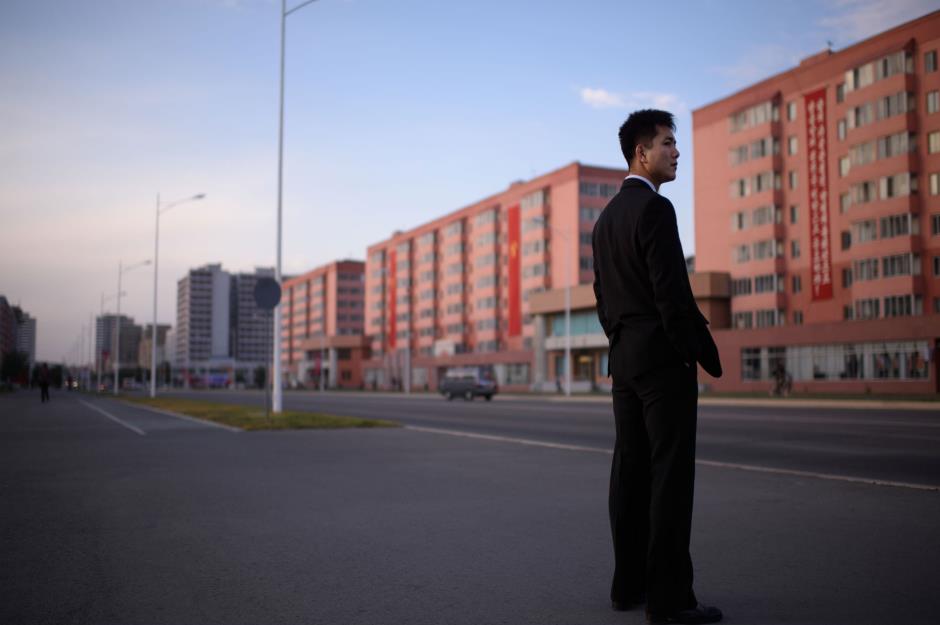
The rest of the population fret about famine
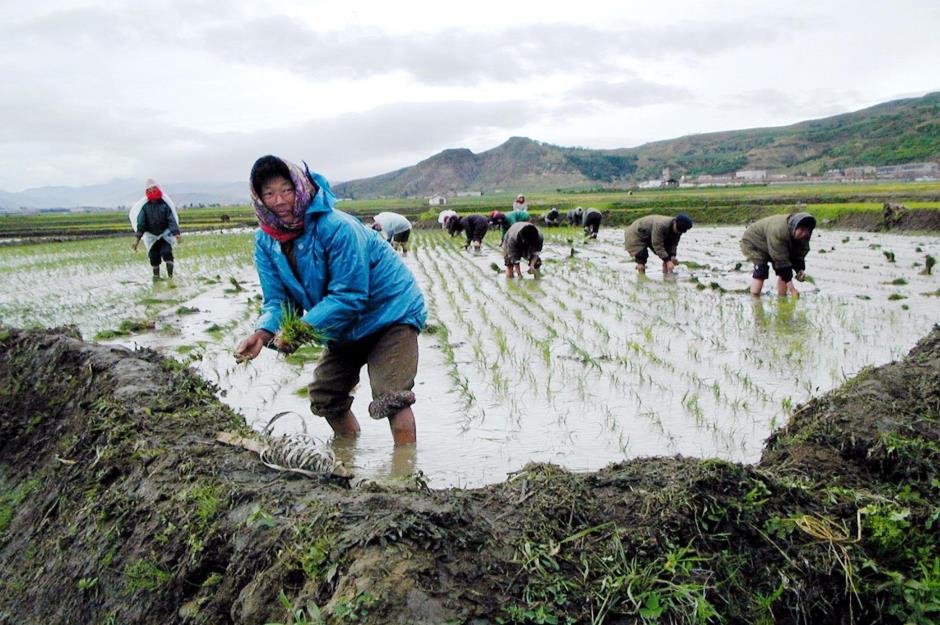
The elite reside in upscale apartment blocks
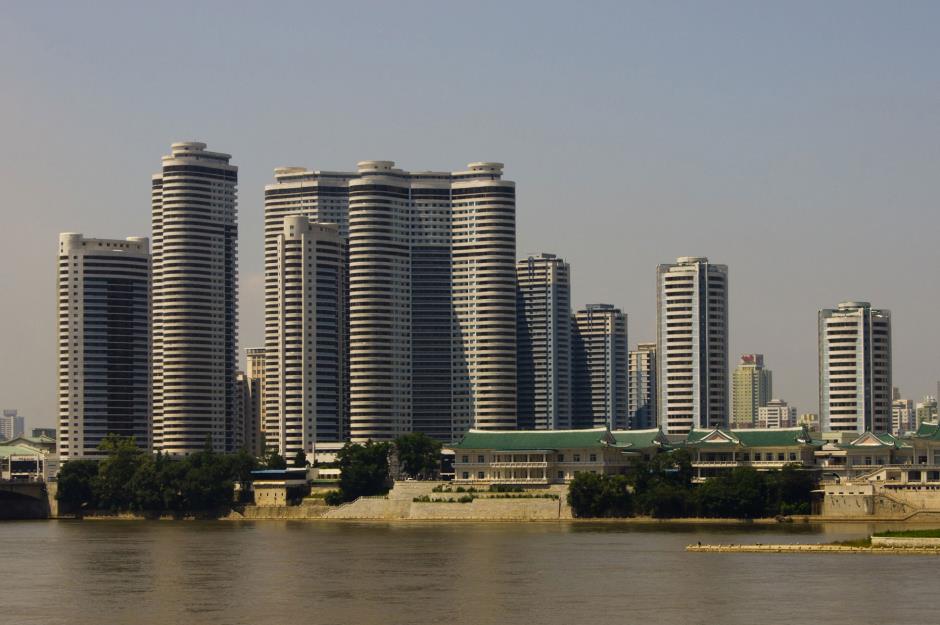
Kim has 17 palaces to choose from...

The rest of the population live in rundown, no-frills housing
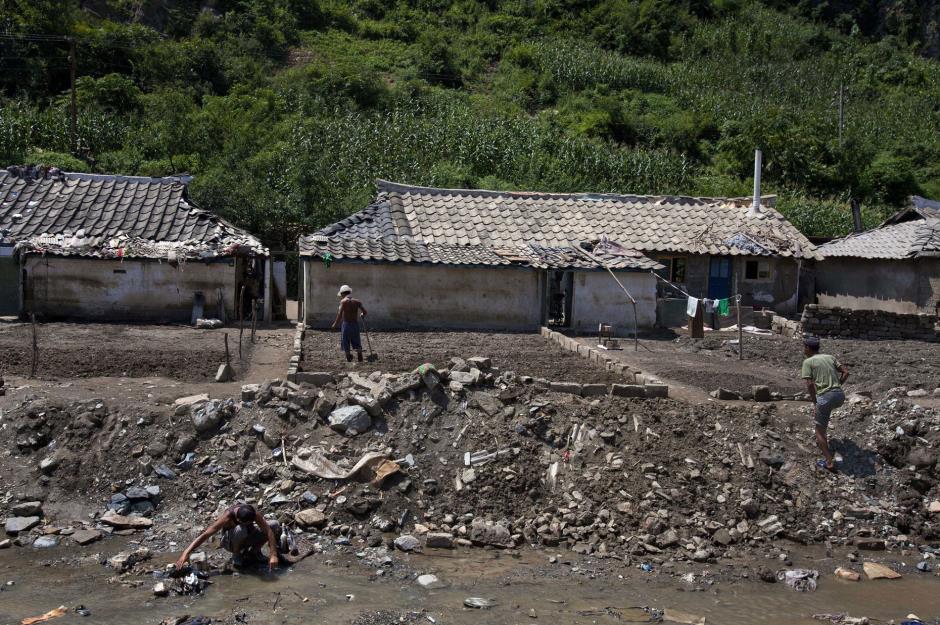
The elite enjoy swish en suite facilities
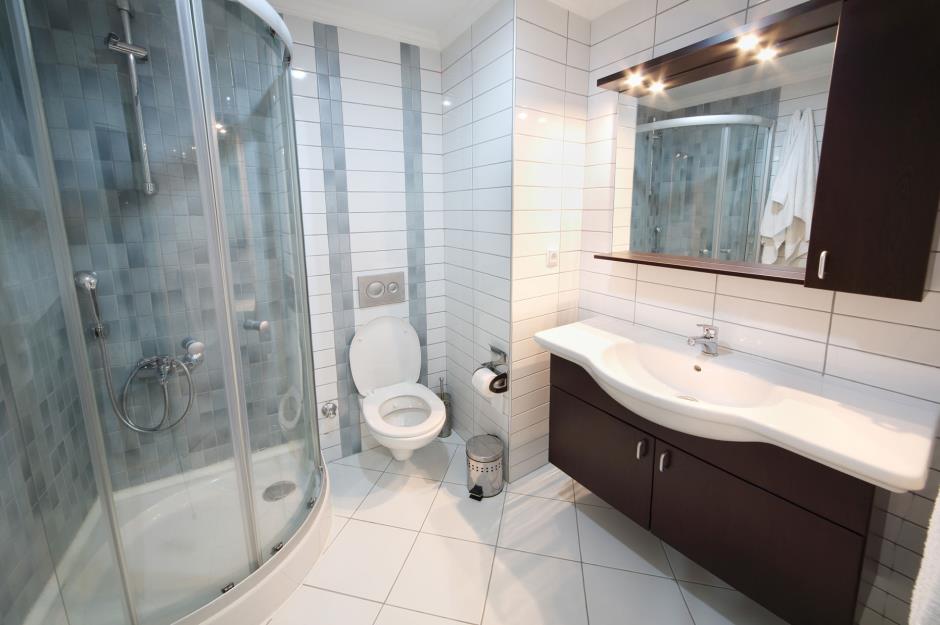
The rest of the population have to use public bathrooms
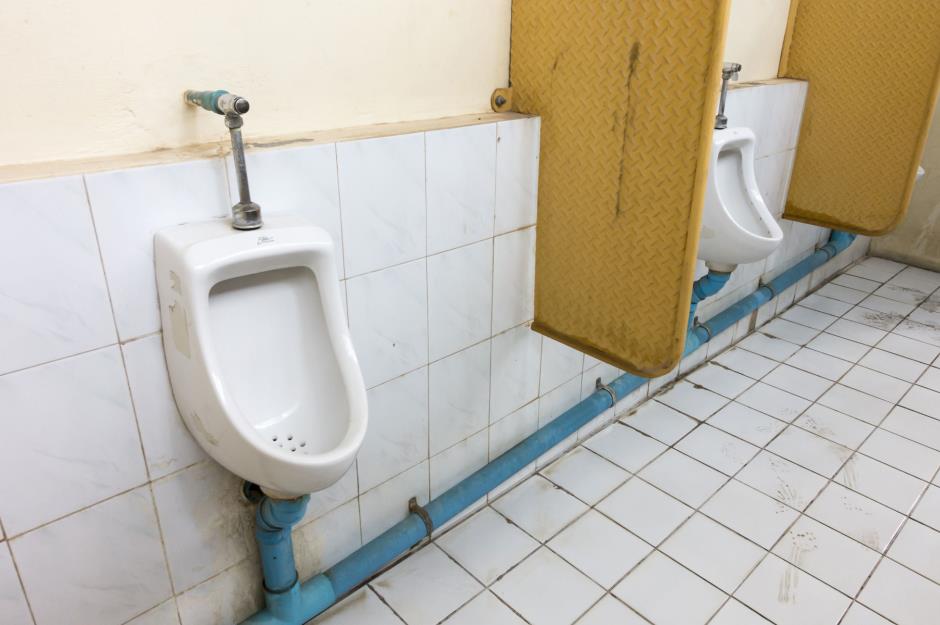
The elite have access to desirable black market goods
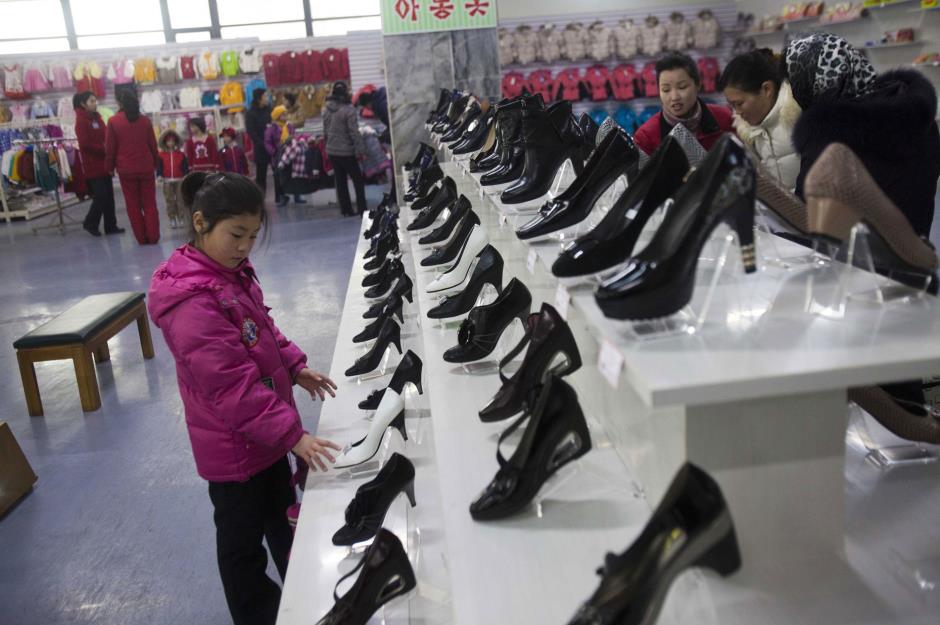
The rest of the population have no such luck
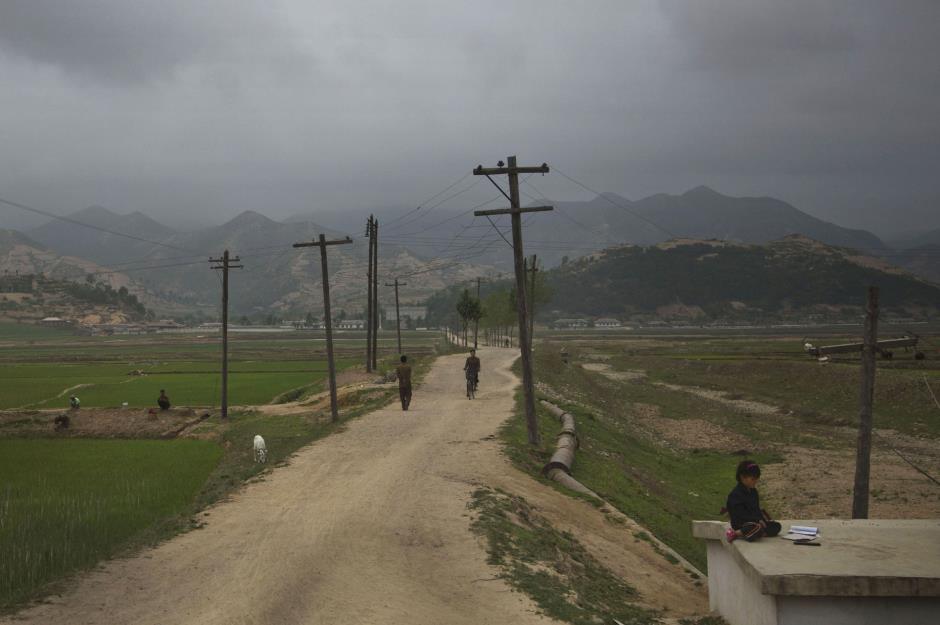
The elite follow the latest fashions

The rest of the population have more important things to worry about
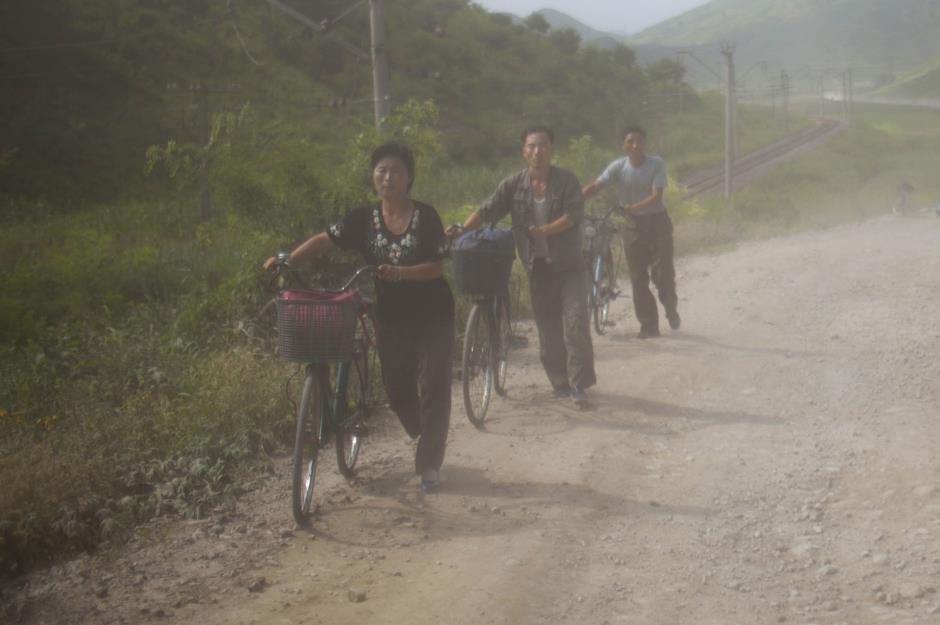
The elite drive cars and ride battery-powered bikes
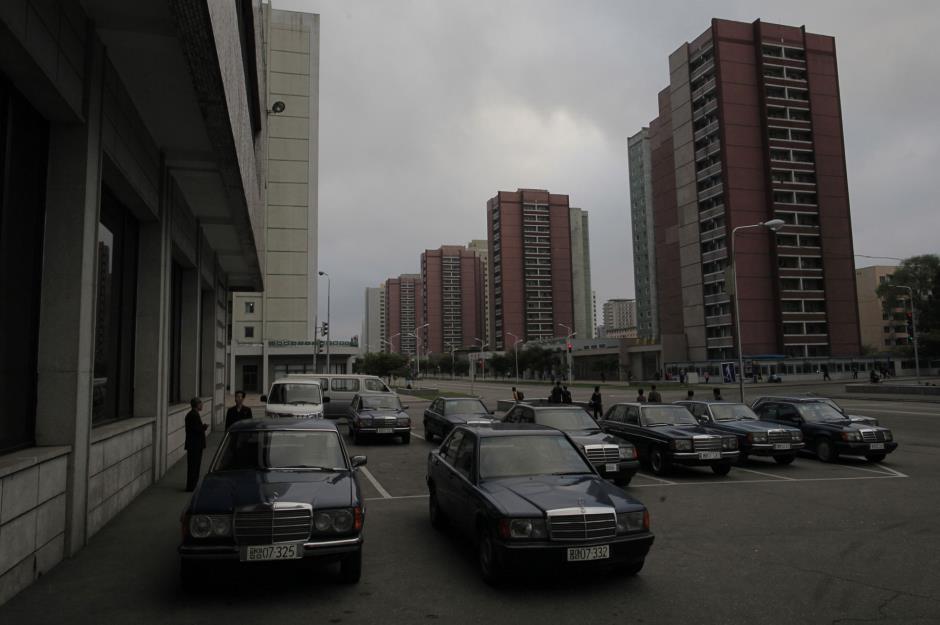
The rest of the population use bikes and ox or horse-drawn carts
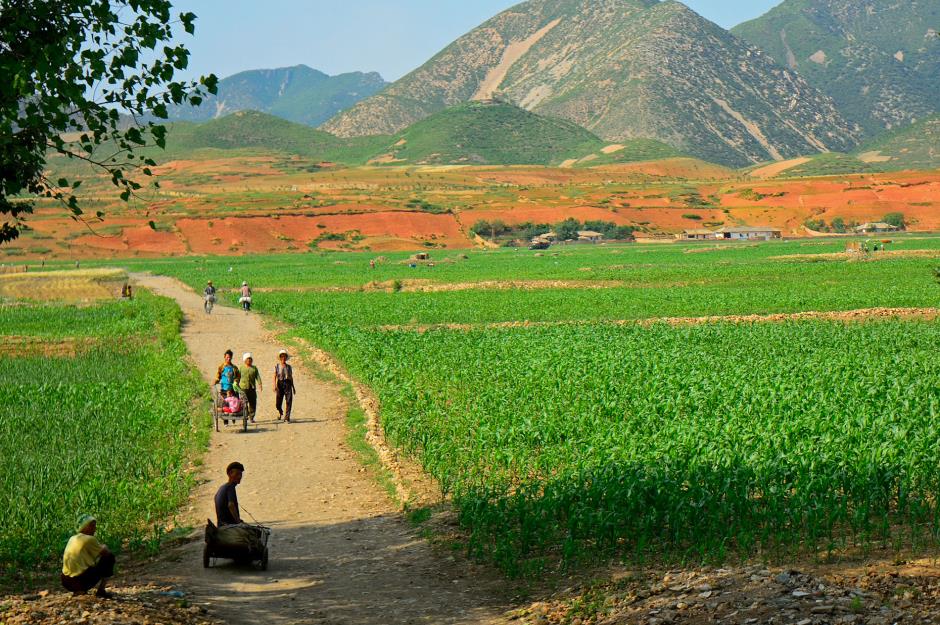
The elite drive on smooth asphalt roads

The rest of the population struggle on dirt tracks
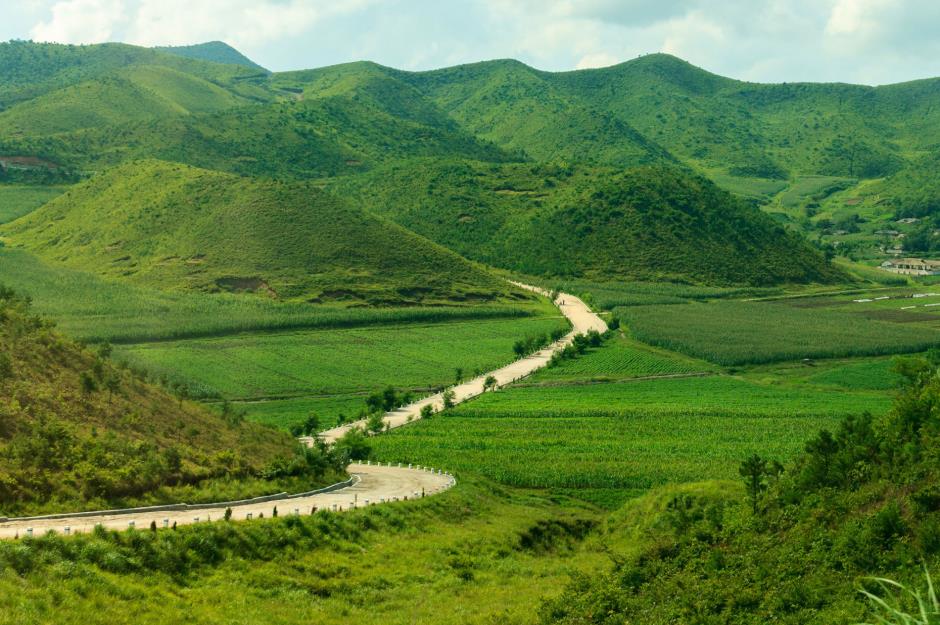
The elite don't have to cope with crippling power cuts
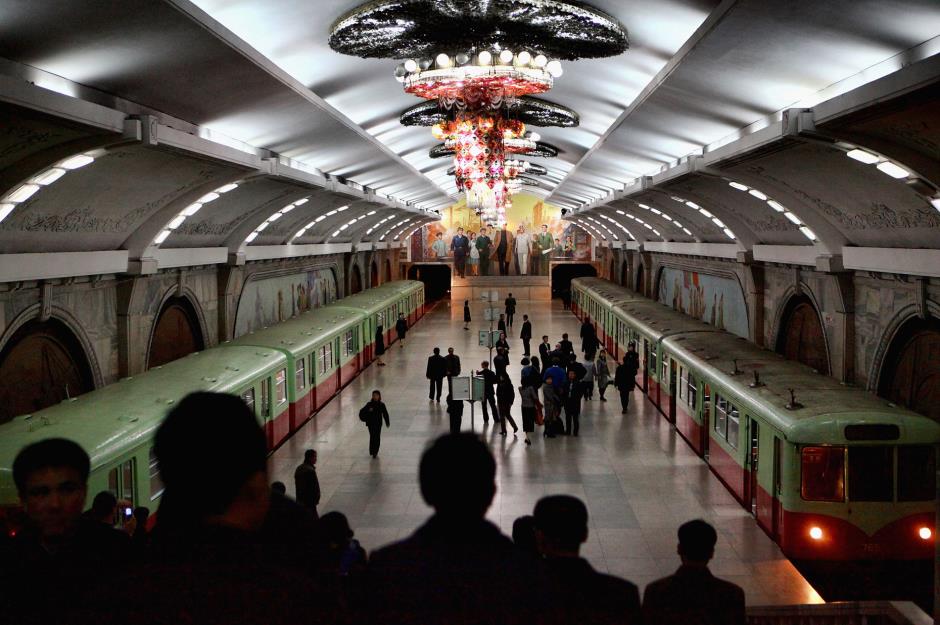
The rest of the population experience regular outages
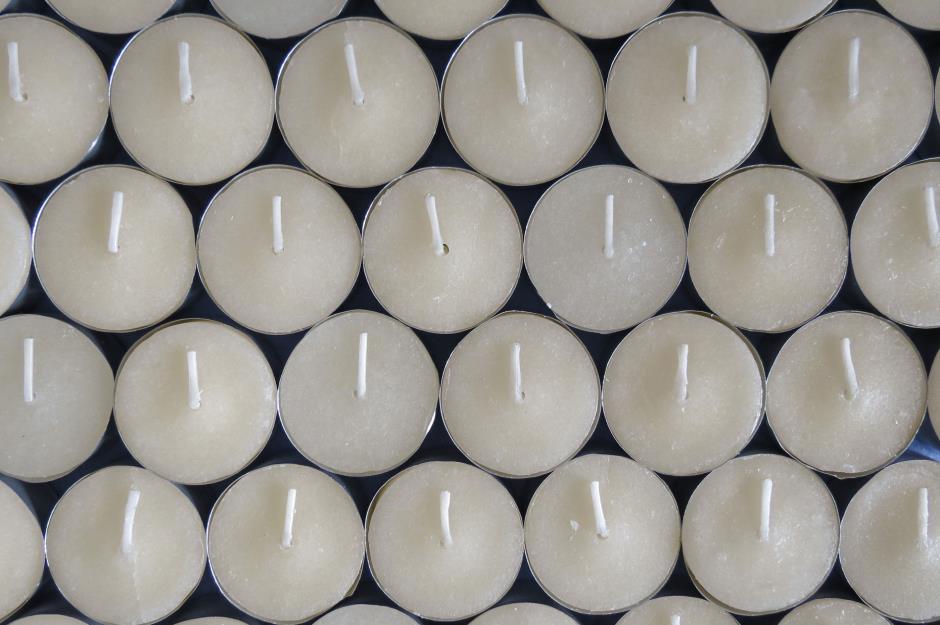
The elite own multiple cellphones
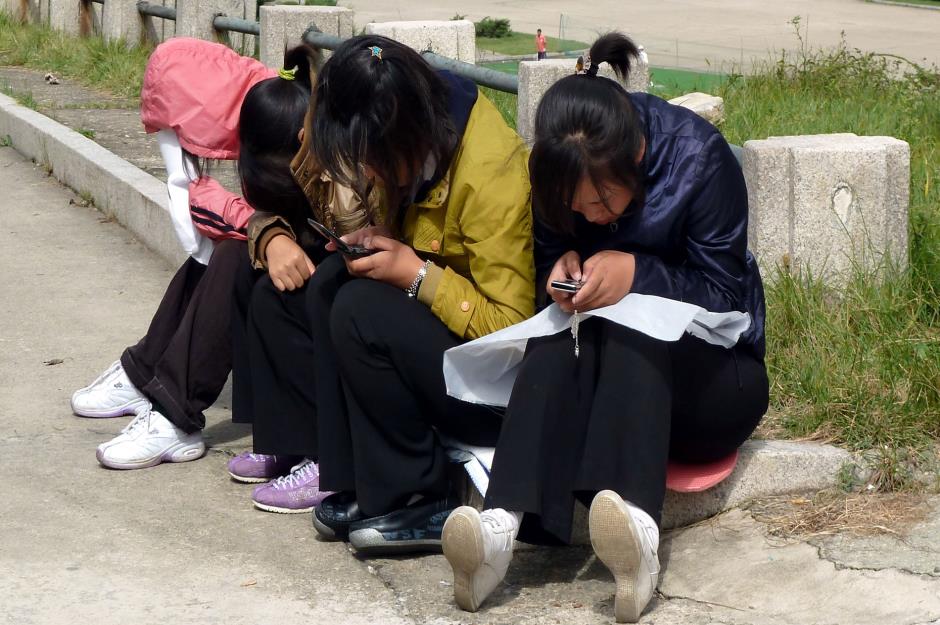
The rest of the population are banned from owning cellphones
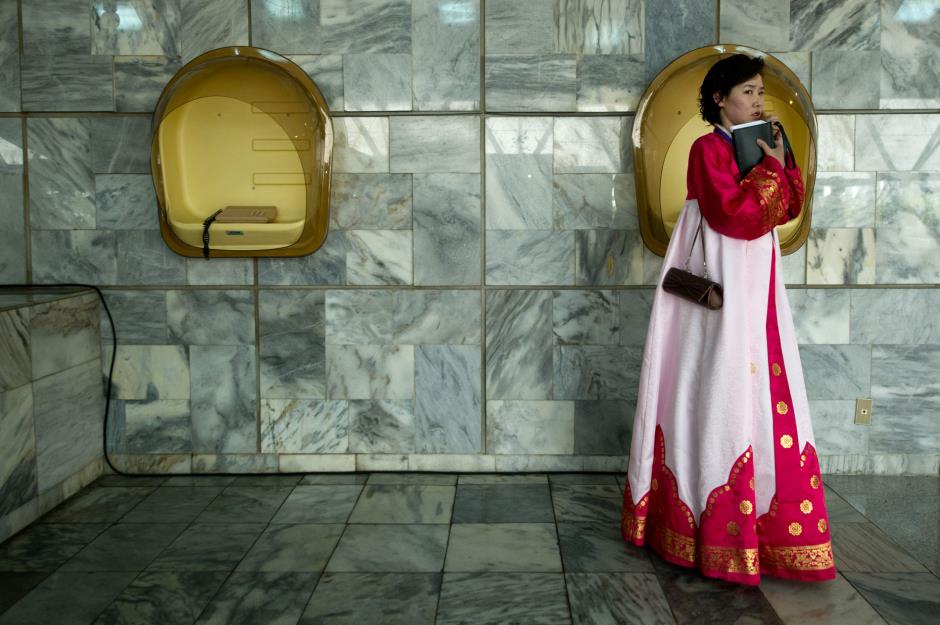
The elite have (restricted) access to the internet
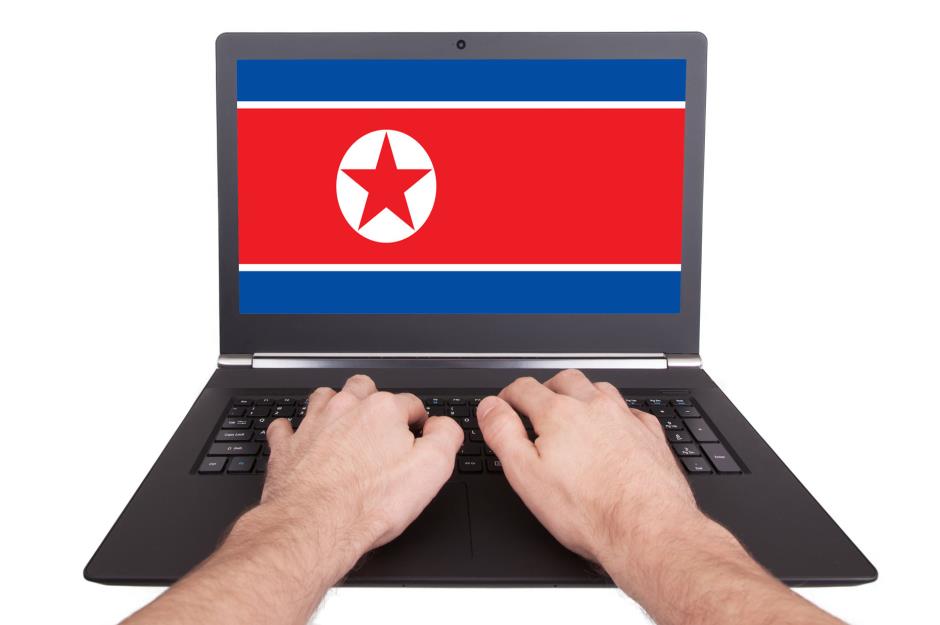
North Koreans are also stopped from accessing the World Wide Web
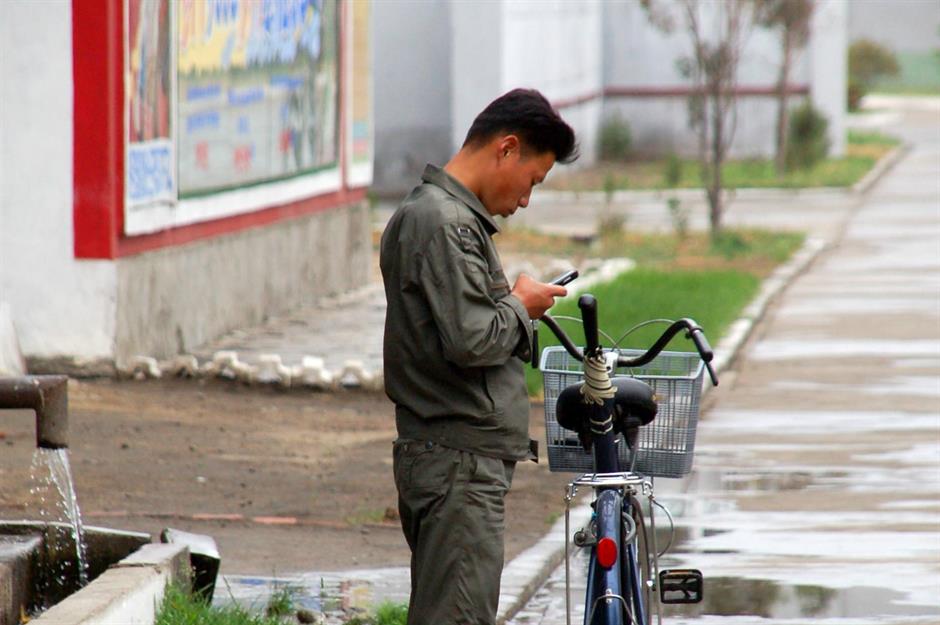
The elite pamper their pet dogs
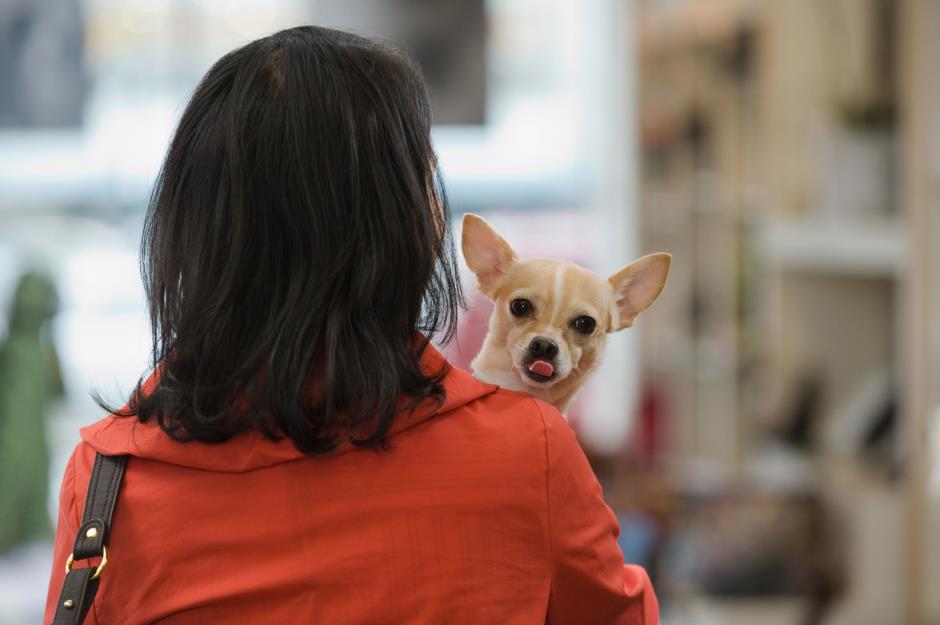
The rest of the population are more likely to eat the animals
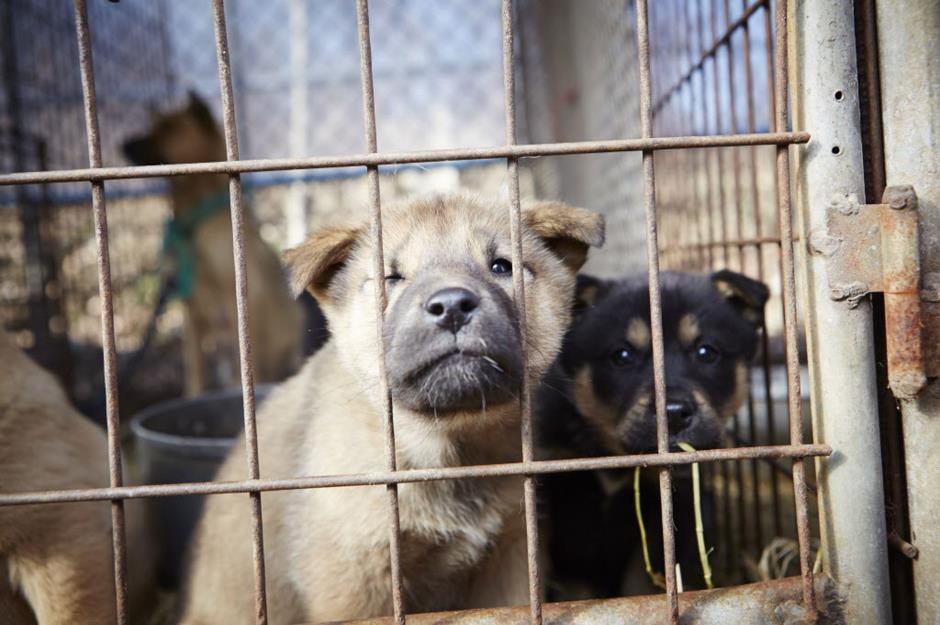
The consumption of dog meat has a long history in North Korea and, outside the capital, people are forced to survive on very little. Needless to say, away from Pyongyang a stray dog is more likely to end up on the dinner table than be preened and pampered as a pet.
Now discover how North Korea makes its money
Comments
Be the first to comment
Do you want to comment on this article? You need to be signed in for this feature